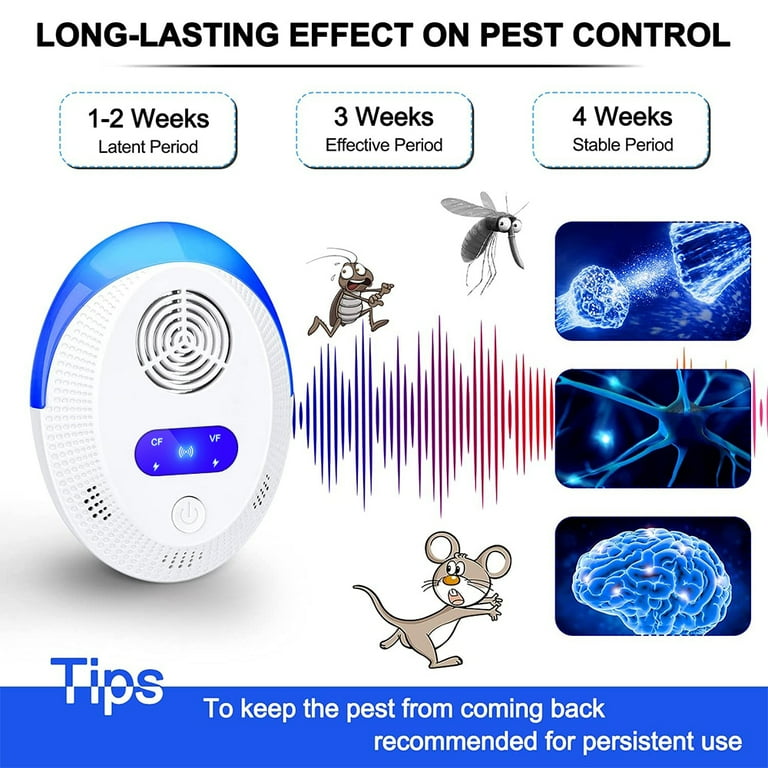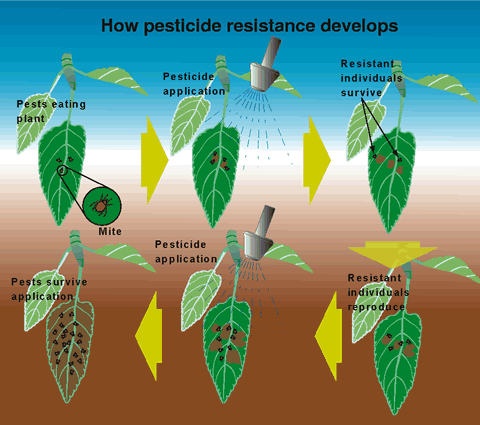Eco Bed Bug Exterminators Dc - An Overview
Eco Bed Bug Exterminators Dc - An Overview
Blog Article
See This Report on Eco Bed Bug Exterminators Dc
Table of Contents8 Easy Facts About Eco Bed Bug Exterminators Dc ExplainedRumored Buzz on Eco Bed Bug Exterminators DcEco Bed Bug Exterminators Dc Can Be Fun For EveryoneThe Single Strategy To Use For Eco Bed Bug Exterminators DcThe 30-Second Trick For Eco Bed Bug Exterminators Dc
Because chemicals are toxic, they are additionally possibly unsafe to humans, pets, various other microorganisms, and the setting. As a result, individuals who make use of chemicals or regularly come in contact with them should understand the relative toxicity, possible wellness effects, and preventative steps to reduce exposure to the products they make use of. Hazard, or risk, of making use of chemicals is the possibility for injury, or the level of threat involved in making use of a pesticide under a provided set of problems.
Nevertheless, applicators can minimize or almost eliminate exposure-- and therefore minimize risk-- by complying with the label instructions, utilizing individual safety apparel and devices (PPE), and handling the pesticide correctly. For instance, more than 95 percent of all pesticide direct exposures come from dermal direct exposure, largely to the hands and lower arms. By putting on a set of unlined, chemical-resistant handwear covers, this kind of exposure can be virtually gotten rid of.
The damaging impacts that occur from a single direct exposure by any course of entrance are termed "severe impacts." The four routes of direct exposure are facial (skin), breathing (lungs), oral (mouth), and the eyes. Intense toxicity is established by checking out the facial poisoning, inhalation toxicity, and dental toxicity of test pets.
The Eco Bed Bug Exterminators Dc PDFs
Acute poisoning is measured as the quantity or concentration of a toxicant-- the a.i.-- required to kill half of the pets in an examination population. This step is usually shared as the LD50 (deadly dosage 50) or the LC50 (lethal concentration 50). Furthermore, the LD50 and LC50 values are based on a single dosage and are taped in milligrams of pesticide per kilogram of body weight (mg/kg) of the guinea pig or partially per million (ppm).
The lower the LD50 or LC50 worth of a pesticide product, the higher its toxicity to human beings and pets. Chemicals with a high LD50 are the least toxic to human beings if made use of according to the instructions on the item tag. The chronic toxicity of a chemical is determined by subjecting examination pets to long-lasting exposure to the active ingredient.
The chronic poisoning of a pesticide is harder than intense toxicity to establish via lab analysis. Products are categorized on the basis of their relative acute toxicity (their LD50 or LC50 values). Chemicals that are categorized as highly toxic (Poisoning Classification I) on the basis of either oral, facial, or inhalation poisoning must have the signal words risk and poisonous substance published in red with a skull and crossbones icon prominently displayed on the front panel of the package label.
The intense (solitary dose) dental LD50 for pesticide products in this team ranges from a trace total up to 50 mg/kg. For example, exposure of a few drops of a product taken orally can be deadly to a 150-pound individual. Some pesticide products have simply the signal word threat, which tells you nothing about the acute poisoning, just that the item can create severe eye damages or severe skin irritability
The 20-Second Trick For Eco Bed Bug Exterminators Dc
In this classification, the severe dental LD50 arrays from 50 to 500 mg/kg. A tsp to an ounce of this material can be fatal to a 150-pound person (bed bug spray). Pesticide products classified as either a little hazardous or fairly nontoxic (Toxicity Groups III and IV) are called for to have the signal word CAUTION on the pesticide tag

All pesticide toxicity values, including the LD50, can be found on the product's Material Safety Data Sheet InformationMSDS). Pesticide labels and MSDS can be obtained from stores or makes - https://visual.ly/users/ecobedbug3xt/portfolio. The signs and symptoms of chemical poisoning can range from a moderate skin irritation to coma or also fatality.
People additionally vary in their sensitivity to different levels of these chemicals. Some individuals may show no response to a direct exposure that might cause severe illness in others (pest control Washington DC). As a result of possible health and wellness worries, chemical individuals and handlers have to acknowledge the usual indications and signs and symptoms of chemical poisoning. The impacts, or symptoms, of chemical poisoning can be extensively defined as either topical or systemic.
Eco Bed Bug Exterminators Dc - An Overview
Dermatitis, or swelling of the skin, is approved as the most typically reported topical impact associated with pesticide direct exposure. Some people you could try this out tend to cough, hiss, or sneeze when revealed to pesticide sprays.
This sign typically subsides within a couple of minutes after a person is gotten rid of from the direct exposure to the toxic irritant. However, a reaction to a chemical product that triggers somebody not only to sneeze and cough but additionally to create serious intense respiratory system symptoms is more probable to be a true hypersensitivity or allergy.
Systemic results are fairly various from topical impacts. They often happen away from the initial point of contact as a result of the pesticide being soaked up right into and dispersed throughout the body. Systemic results commonly include queasiness, throwing up, exhaustion, headache, and intestinal problems. In sophisticated poisoning instances, the person might experience modifications in heart price, trouble breathing, convulsions, and coma, which can bring about fatality.
Report this page